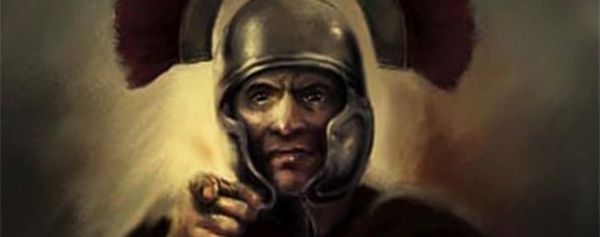The men likely died during the Battle of Mursa in 260 CE, according to a new analysis of their remains. In 2011, archaeological excavations in Osijek, Croatia—the ancient Roman city of Mursa—revealed seven fully preserved skeletons in an ancient well.
Now, more than a decade later, new analysis suggests they were Roman soldiers who died in battle. By carbon dating four skeletons, researchers have determined the site dates to the second half of the 3rd century CE, which coincides with the discovery of a coin also discovered in the well – a Roman sestertius minted in 251 CE. According to the team, the bodies were likely thrown into the well before it was filled with earth during a single burial. The analysis suggests the individuals were Roman soldiers, victims of a catastrophic event that occurred as a result of the “Crisis of the Third Century,” most likely the Battle of Mursa in 260 CE.
The researchers assume all were male and between 18 and 50 years old at the time of their deaths. All were strong and above average height for men of the era, and all show signs of significant physical exertion. Additionally, the skeletons bear old injuries suggesting they had engaged in acts of violence during their lifetimes. The dating coincides with the First Battle of Mursa, around 260 CE, in which Emperor Gallienus fought his rival, Ingenuus. At that time, Rome witnessed fierce internal struggles for control of the imperial throne, which nearly culminated in a chaotic series of events now known as the Crisis of the Third Century. Although the details of the Battle of Mursa remain unclear, historical sources indicate that many Roman soldiers lost their lives, and that Gallienus subsequently showed no mercy to Ingenuus’s defeated supporters. The skeletons testify to the horrors experienced by the people of ancient Rome as their leaders fought for control of the soon-to-disintegrate empire.







